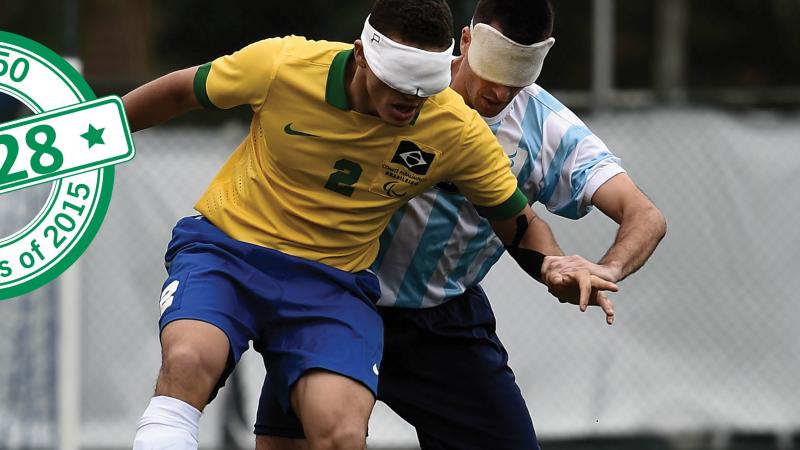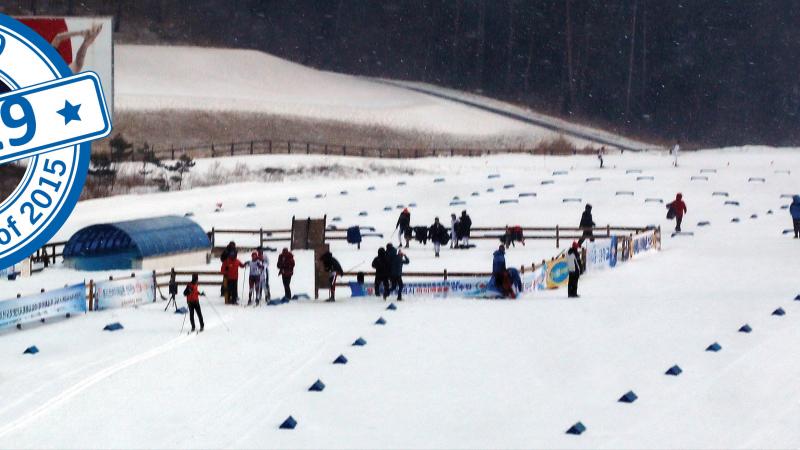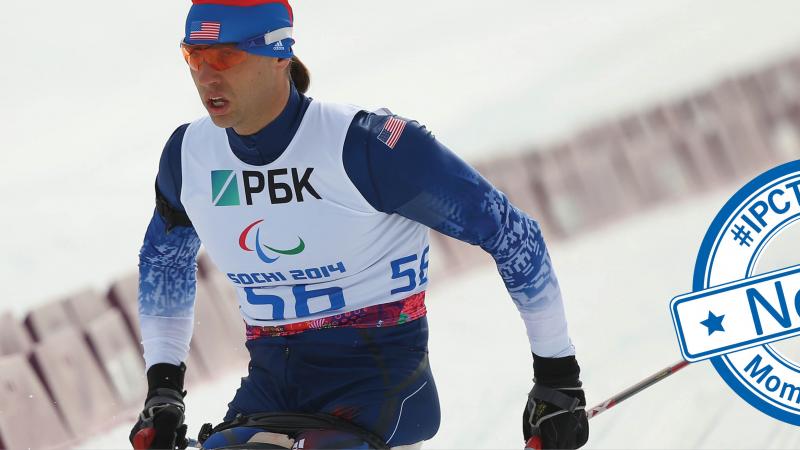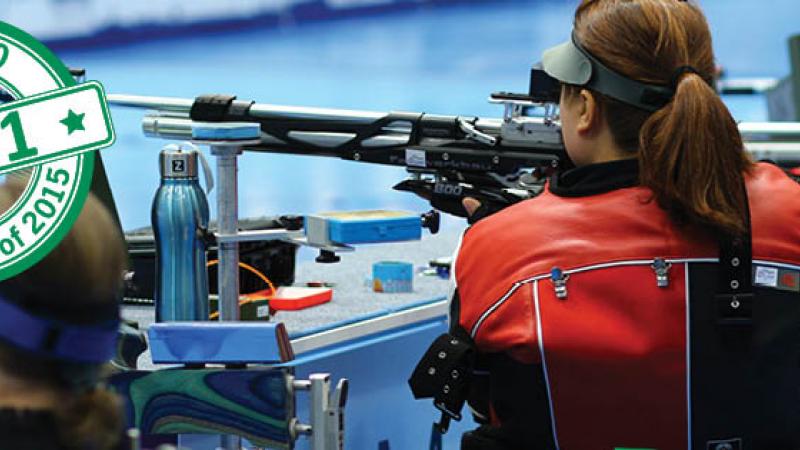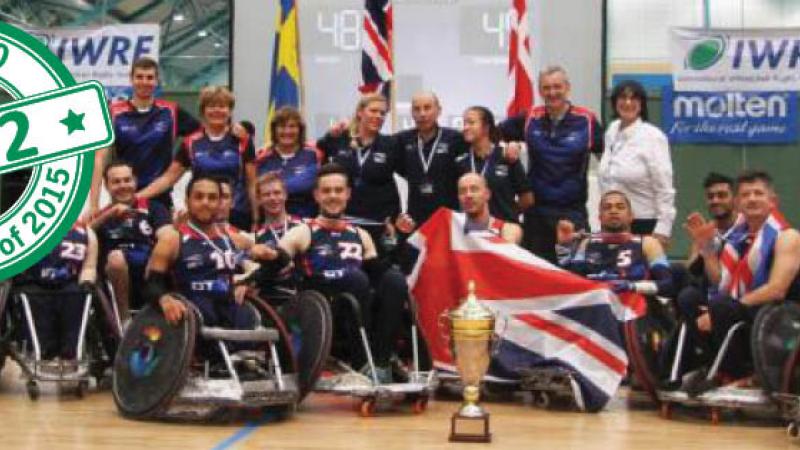No. 27 Badminton joins Paralympic programme
Badminton, the latest sport to join the Paralympic programme, held its World Championships at the birthplace of the Movement. 05 Dec 2015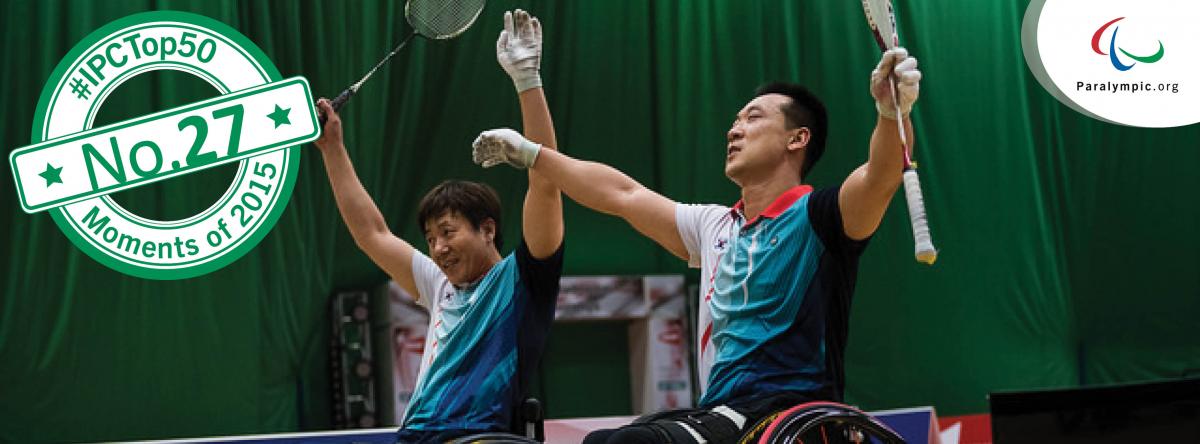
Top 50 moments 2015 - No. 27 Badminton joins Paralympic programme
In September 2015, Stoke Mandeville – birthplace of the Paralympic Movement and home of Great Britain’s National Centre for Disability Sport – hosted the Badminton World Federation (BWF) Para-Badminton World Championships for the first time. It was a fitting venue, given just one year earlier, the landmark decision was reached confirming the sport’s inclusion for the Tokyo 2020 Paralympic Games programme. All this culminates to No. 27 in the International Paralympic Committee’s (IPC) Top 50 Moments of 2015.
“It was an honour to play at the birthplace of the Paralympic Movement, and finishing a tournament with no regrets was especially memorable since Stoke Mandeville is the starting place of para-badminton,” said South Korea’s Lee Sam Seop, who took home three gold medals in the wheelchair competition.
The setting afforded the players an opportunity not just to compete, but also the means to arrive at the venue in shape and to mix with other competitors.
Lee added: “As the stadium and hotel were close to each other, we were able to maintain our condition, but also the players came down to talk to one another. This meant not just talking about para-badminton, but also our lives, and I felt close with the foreign players.”
It was not only the players who were inspired by the location. But the effect was evident on those present in an official or supporting capacity.
With only 200 seats Stoke Mandeville made for an intimate and friendly environment, players sat with spectators when they were not competing or on the arena floor. Great Britain’s Rachel Choong made para-badminton history by becoming the nation’s first player to emerge victorious in singles, doubles and mixed doubles.
She noticed one supporter who returned to the venue each day. Badminton England required some additional assistance, and having been swimming at the complex on the day the tournament opened, one small girl enthusiastically agreed to become a flag bearer for the Opening Ceremony, with Choong saying:
“Her mother very kindly brought her back nearly every day to watch,” Choong said. “Having attended for a couple of days, by the semi-finals and finals days she was wearing face paint, had produced a flag saying ‘Go on Team England,’ and had picked up on all of the players’ names so she could cheer from the seats. It was brilliant.”
The sport’s inclusion for Tokyo 2020 means that para-badminton players now have a realistic chance of becoming a Paralympian, an important factor for its participants. The sport has seen its player numbers increase dramatically, and when the BWF became responsible for its governance and global development, its development may attract additional competitors.
BWF President Poul-Erik Hoyer remarked at the time: “[It is] a dream come true for so many talented competitors who have shone on the badminton courts and who have yearned to do so at the highest level of sport for para-athletes.”
The reality of being able to compete in the Paralympic Games is monumental for athletes in the sport.
“While I am now in my 40s, and will be nearly 50 in 2020, it is my little wish that I can participate in the first Paralympics that includes para-badminton,” Lee said. “My efforts and passion to achieve my dream and goal will be demonstrated to my family through Tokyo 2020.”
The 2015 edition of the World Championships provided a fine spectacle, with increased numbers of players and a number of nations taking home medals for the first time, and the sport and its tournaments can look forward to an ever more dynamic and diverse entry in the future.
To find out more about the IPC’s Top 50 Moments of 2015, visit the dedicated page on the IPC’s website.

 Facebook
Facebook
 Instagram
Instagram
 Twitter
Twitter
 Youtube
Youtube
 TikTok
TikTok
 Newsletter Subscribe
Newsletter Subscribe





